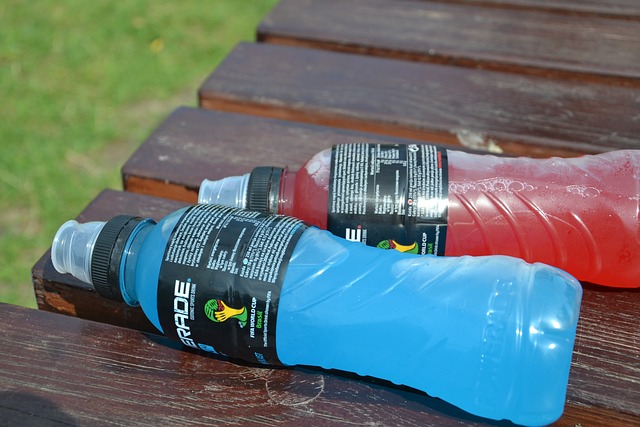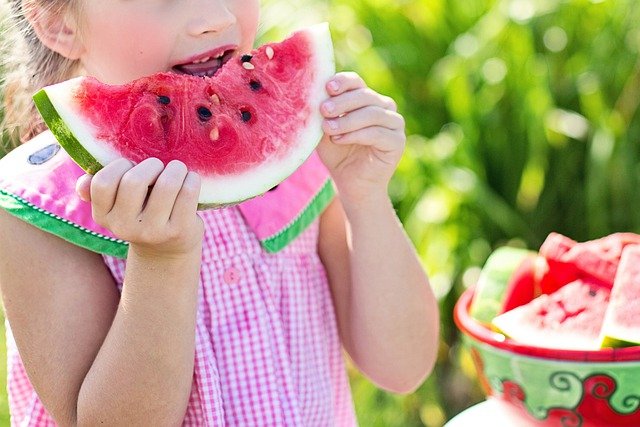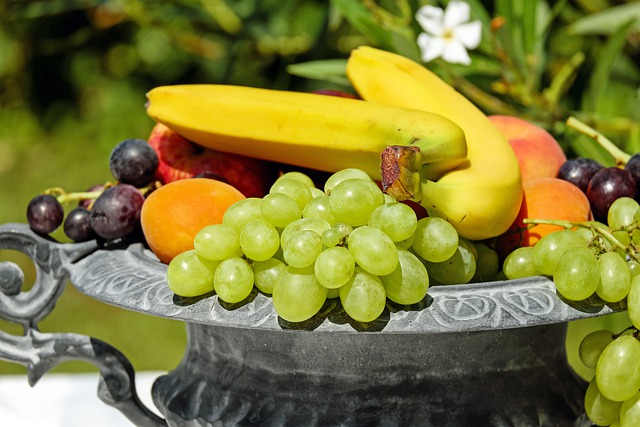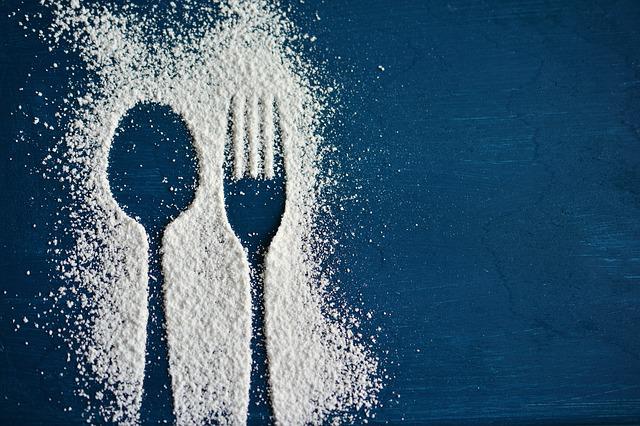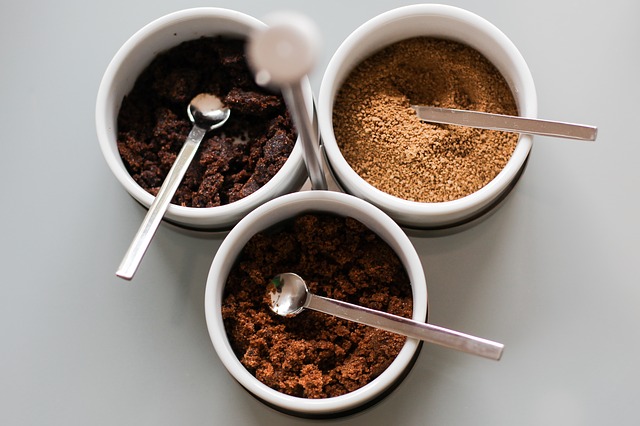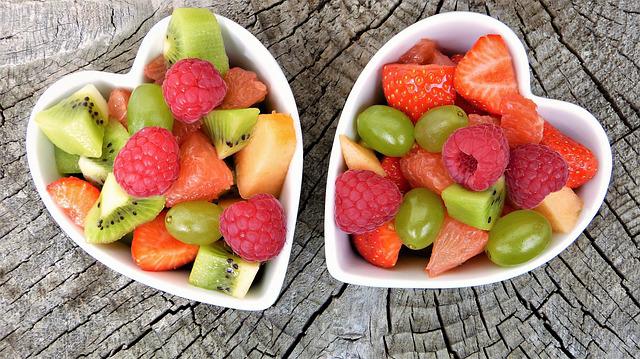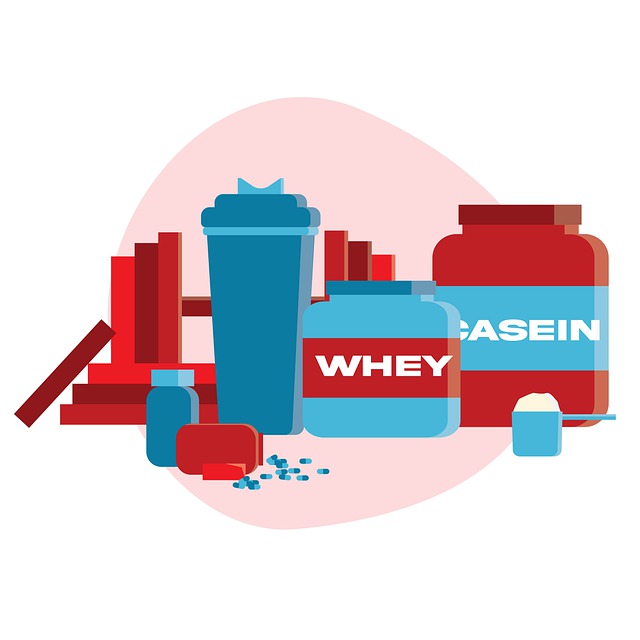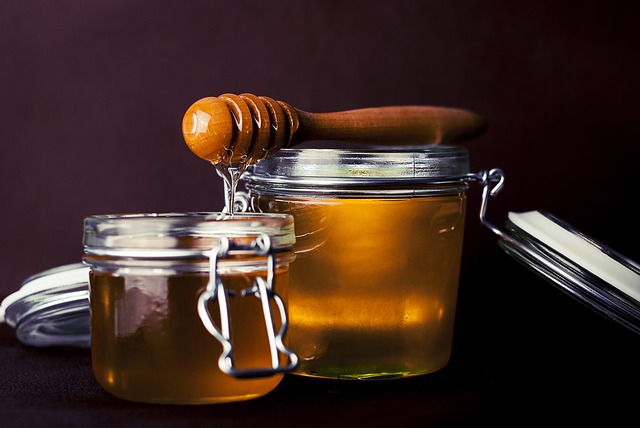There are dozens of delicious pasta dishes and the good news is that even if you have diabetes, you can continue to enjoy the flour-based staple. One of the reasons that doctors and nutritionists recommend severely limiting pasta consumption is due to the carbohydrate content.
Just 1/3 cup of pasta is equal to 15 grams of carbs. You shouldn’t exceed 1 cup of pasta at a meal or carbs equal to 45 grams. There are some changes you can make that will allow you to savor pasta dishes that are also healthier.
Whole Grain Pasta
Whole grain pasta is lower in carbs and calories than traditional pasta, but should still be consumed in moderation. An added benefit is that whole grain pasta contains more fiber. A 2-ounce portion of spaghetti contains 40 grams of carbs and 5 grams of fiber, making the net carb content 35.
Be aware that the carb content of pasta will depend on the type and how it’s made. A good example is angel hair pasta. Two ounces of white angel hair pasta contains approximately 32 grams of carbs. The same amount of whole wheat angel hair pasta has 41 grams of carbs. Be sure you read the labels.
Alternatives
There are a number of pasta substitutes that can be utilized instead of any type of pasta. One of those is spaghetti squash. The flavor is slightly sweet and is complementary with tomato-based sauces. It’s low carb and 1½ cups of spaghetti squash is equal to ½ cup of white pasta.
Carrots, eggplant, cabbage, peppers and multiple types of squash can be fashioned into ribbons or spirals and treated the same as pasta. After being steamed, 1 ½ cups of the veggies have about 15 grams of carbs. There’s also a brand of noodles that contains no carbs and almost no calories if you want to switch up your diet.
If you would like to find out about earning cash for your unwanted, unused and boxed test strips, complete our online quote form today.
If you have extra, unopened and unused boxes of diabetic test strips – whether you have switched brands, no longer need to test or test less frequently, or have a loved one who has passed away – don’t let them gather dust until they’ve expired and end up in the trash. We’re the best place to sell diabetic test strips online, and if you want to sell your test strips, we’re here to make the process easy and enjoyable!
Visit us at Sell Your Test Strips and get your free quote today!


